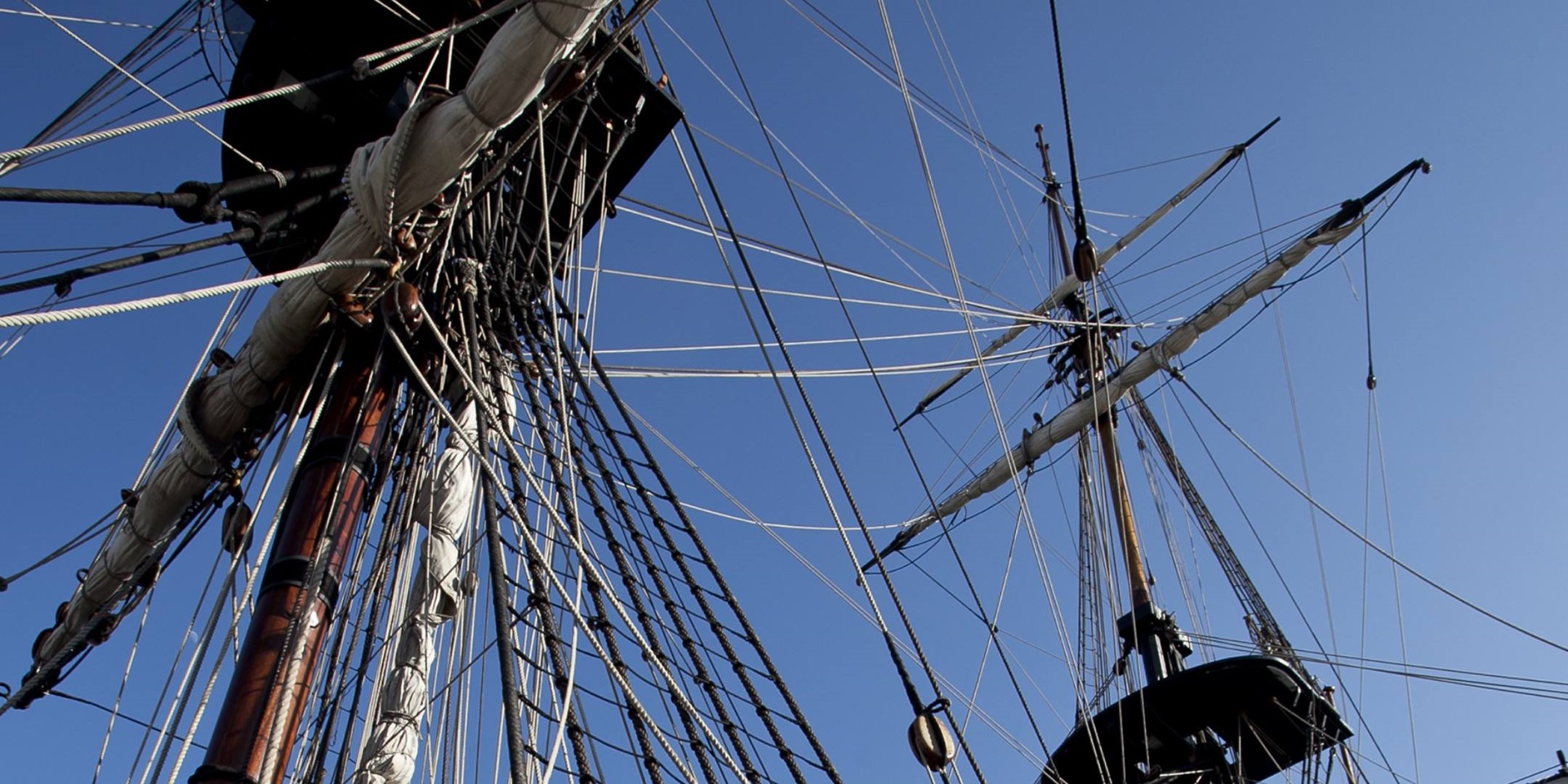
Museum Curator Dr Stephen Gapps reviews In All Respects ready: Australia’s Navy in World War One by Dr David Stevens, the winner of the 2015 Frank Broeze Memorial Maritime History Book Prize.
![In all respects ready 9780195578584[1]](https://s3-ap-southeast-2.amazonaws.com/anmm-data/blog/2016/02/04/in-all-respects-ready-97801955785841.jpg)
The title of In all Respects Ready is taken from a 1919 assessment by the British Admiralty of the record of the Royal Australian Navy (RAN) in World War I:
Their Lordships state that Australia may well feel pride in the record of its navy newly created in the years prior to 1914, but shown by the test of war to be in all respects ready to render invaluable service to the Empire in the hour of need.
But what was this ‘invaluable service’, and who knows about it today? Stevens notes this oversight:
As a nation we have been taught the significance of such foreign place names as Gallipoli, Fromelles and Villers-Bretonneux. We feel we have an innate understanding for the bravery of our Anzacs … By contrast, our war at sea has never received comparable attention, either in Australian historiography or in the public narrative. (p 2)
Granted, the navy was vastly smaller in terms of both personnel and casualties suffered, with around 8,800 officers and ratings serving during World War I compared to more than 400,000 in the Australian Imperial Force (AIF). Yet the First World War was very much a maritime as well as a land war, a fact often overlooked. Stevens notes that it is telling that ‘in 2011 the Federal government announced its 2014–18 anniversary program of commemorations as the “Anzac centenary”.’ (p 2)
In All Respects Ready is timely and important. It is the first detailed account of Australia’s naval participation since the publication of Arthur Jose’s naval volume of The Official History of Australia in the War of 1914–1918 – way back in 1928. Stevens’ work is an authoritative overview of the Royal Australian Navy in World War I, beginning with its delayed birth after Federation in 1901. With the arrival of the new Australian Fleet in October 1913, there was a question mark over whether the RAN would indeed be ‘in all respects ready’ to counter German naval threats in the Pacific and Indian oceans when war broke out soon after in August 1914.
Stevens charts how this did in fact happen; how the RAN performed admirably in the varied roles and theatres it was involved in – from conquering German Pacific colonies, to sinking the raider Emden, to breaching the Dardanelles Strait.
While these and other well-known stories are covered, Stevens also includes some of the less familiar tales – for example, the use of non-European labour such as the ‘Seedi boys’ from Zanzibar who, despite Australia’s racial policies at the time, were employed as ordinary seamen, stokers and supply ratings when crews were depleted.
Stevens also gives us a sense of the unheralded but important tasks performed by the RAN during the war, such as the endless patrolling in search of German merchant vessels and raiders, and the back-breaking work in maintaining the blockade of the Königsberg in the Rufiji delta in East Africa, under oppressive conditions in the almost unserviceable gunboat HMAS Pioneer.
One thing I find particularly interesting about a focus on the history of the navy in World War I is that it makes us look at some of the more neglected aspects of the war – particularly the vast conflict in the colonial world that has been overshadowed by war in Europe. Some of the colonial campaigns, such as that waged in and around German East Africa, were bloody and prolonged. The Australian presence in the Pacific in the early stages of war, as well as its military occupation of conquered German possessions, is not widely known, yet is extremely important in terms of the legacies for later colonial and post-colonial history, as well as Australia’s own ‘sub-imperial’ ambitions and tensions with Japanese aims in the Pacific.
In All Respects Ready is well written and packed with detail in a most readable style. Stevens – the RAN’s historian and a former naval warfare officer – is extremely conversant with his source material and brings it to life, using diary quotes from ratings and officers that add a sense of the lived experience of war.
Breakout boxes of short biographies of key players are interesting and useful. The images are well selected, featuring key personnel and incidents plus some less familiar images. Maps are clear and helpful.
In All Respects Ready will become the authoritative work on this topic. While in many ways a specialist work for those with interest in the history and development of the RAN, it is still accessible to the general reader. Some navy and military jargon creeps in and may confound a general reader at times, but in no way distracts from what is an outstanding and widely approachable work.
This book is a fresh and interesting perspective on World War I during the centenary bombardment of books, films and television about Australia in the First World War.
_________________________________
In All Respects Ready – Australia’s Navy in World War One By David Stevens, published by Oxford University Press, South Melbourne, Victoria, 2014. Hardback, 470 pages, illustrations, appendixes, notes, bibliography, index. ISBN 9780195578584.
